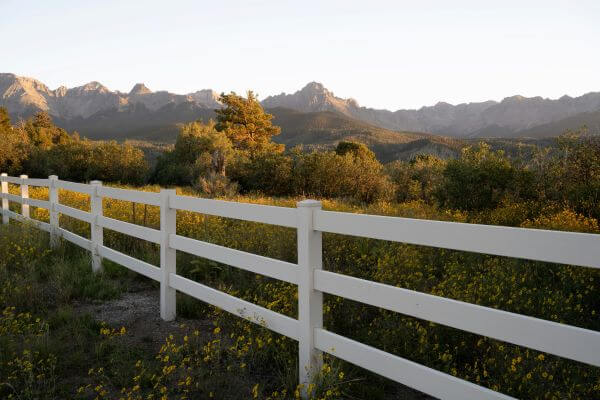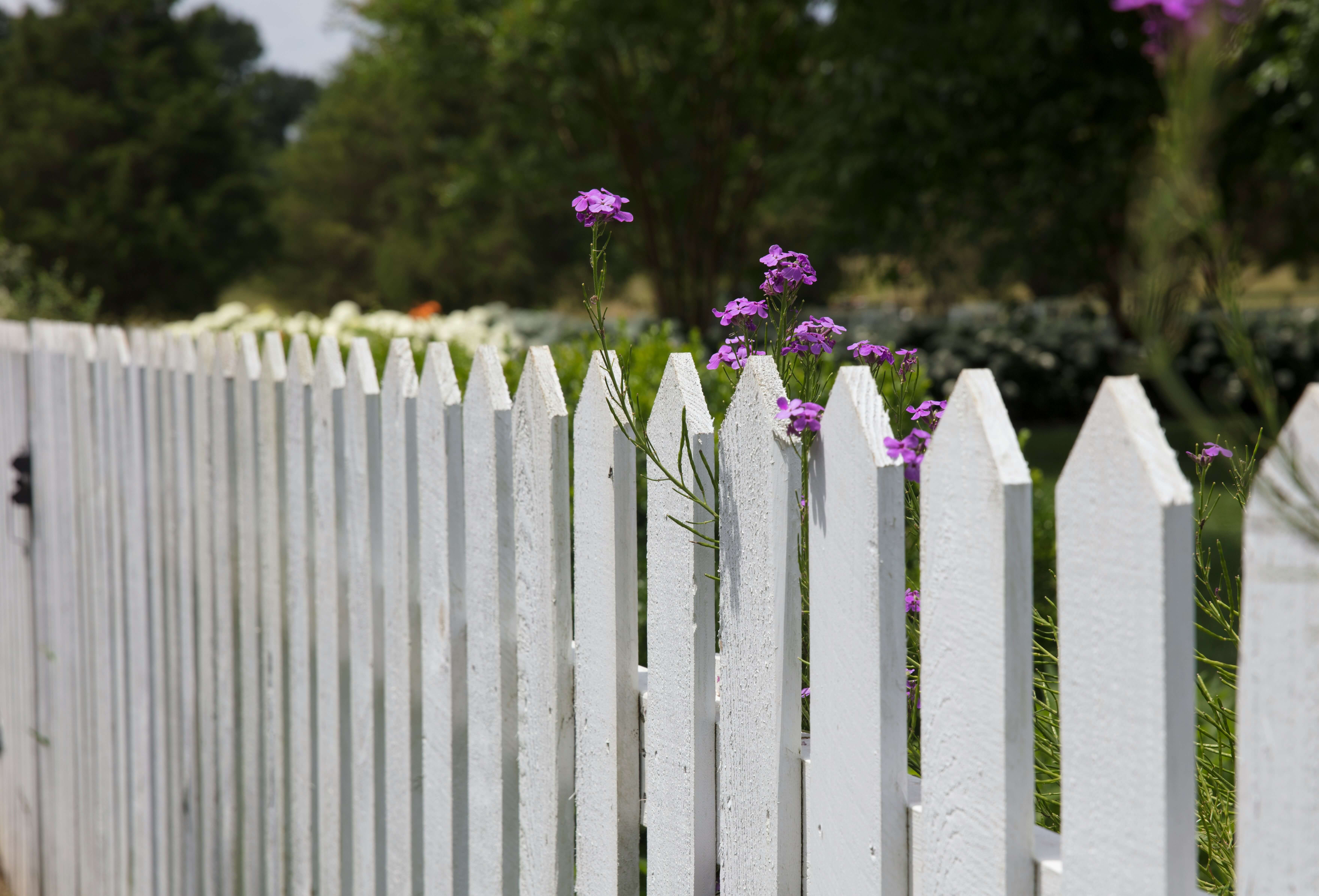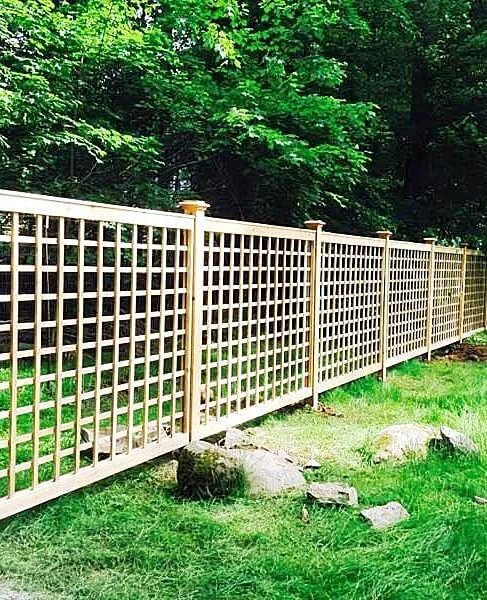Explore Popular Fencing Types for Every Yard and Purpose
Choosing the right fence for your property isn’t just about looks, it’s also about privacy, security, cost, and maintenance. Whether you want to define your property line, keep pets and kids safe, or simply enhance your home’s curb appeal, there are plenty of fencing types to meet your needs. This guide breaks down the most popular options, including their pros, cons, and ideal use cases.
Common Types of Fences
With so many fence types available, it helps to understand the strengths and ideal uses for each. Some prioritize privacy, others enhance curb appeal, and many serve practical purposes like pet containment or defining large properties. The following breakdown will help you evaluate which fence type aligns best with your goals.
Privacy Fence
Popular in residential neighborhoods, privacy fences are tall, solid, and often at least 6 feet high. They block views and reduce noise, making them ideal for creating a secluded backyard retreat.

Best for: Homeowners seeking seclusion, pool enclosures, or backyard privacy.
Pros
- High level of privacy
- Can reduce noise from nearby streets
- Available in wood, vinyl, and composite
Cons
- Higher cost than some open-style fences
- May require permits or HOA approval
Picket Fence
Known for its classic charm, the picket fence is usually 3 to 4 feet tall with evenly spaced vertical boards. It adds decorative appeal without obstructing views.

Best for: Front yards and decorative property boundaries.
Pros
- Iconic, welcoming appearance
- Easy to paint or customize
- Works well with landscaping
Cons
- Limited privacy or security
- Requires upkeep if made from wood
Chain-Link Fence
Chain-link fences are made from steel wire and provide a durable, low-cost way to define boundaries. While not the most attractive option, they offer excellent utility.

Best for: Budget-friendly property lines, pet enclosures, and large yards.
Pros
- Very affordable
- Low maintenance
- Quick installation
Cons
- Minimal privacy
- Industrial appearance
Wrought Iron Fence
Wrought iron fences are elegant, strong, and long-lasting. Often seen in upscale neighborhoods, they make a bold architectural statement.

Best for: Decorative front yards and high-security applications.
Pros
- Extremely strong and secure
- Ornamental and upscale design
- Long lifespan with proper maintenance
Cons
- High upfront and maintenance costs
- Requires regular painting or treatment to prevent rust
Aluminum Fence
Aluminum offers the look of wrought iron without the rust and maintenance. It’s a versatile option that’s lightweight, secure, and corrosion-resistant.

Best for: Pool enclosures, decorative yards, and low-maintenance properties.
Pros
- Rust-resistant
- Easier to install than iron
- Available in many styles
Cons
- Less strong than wrought iron
- Can dent more easily
Split Rail Fence
Split rail fences use a rustic, open design and are typically built with wood or vinyl. They’re great for large properties or adding a natural border.

Best for: Farms, gardens, and properties with lots of land.
Pros
- Natural, rustic look
- Easy to install
- Affordable for large areas
Cons
- Offers little security or privacy
- Requires periodic maintenance
Vinyl Fence
Vinyl fencing is a durable, synthetic alternative to wood that resists moisture, pests, and UV damage. It’s available in many styles including privacy and picket.

Best for: Homeowners who want a long-lasting, low-maintenance option.
Pros
- Won’t rot, warp, or fade
- Minimal upkeep
- Available in multiple colors and designs
Cons
- Higher upfront cost
- May crack in extreme temperatures
Cost Considerations by Fence Type
Fence costs vary widely based on materials, design, and length. Here’s a general overview:
| Fence Type | Approx. Cost per Linear Foot (Installed) |
|---|---|
| Chain-Link | $10 to $20 |
| Split Rail | $15 to $25 |
| Picket | $18 to $35 |
| Privacy (Wood) | $25 to $45 |
| Vinyl | $25 to $60 |
| Aluminum | $30 to $50 |
| Wrought Iron | $35 to $70+ |
- Most Affordable: Chain-link fences are the least expensive, typically ranging from $10 to $20 per linear foot. They’re easy to install and widely used for utility purposes.
- Mid-Range: Picket and privacy fences fall in the middle, costing between $18 and $45 per linear foot depending on material and style.
- Most Expensive: Wrought iron fences are the most costly due to their heavy materials and ornate detailing, often exceeding $70 per linear foot.
How to Choose the Right Fence Type for Your Home
Choosing a fence type is about more than just looks — it’s about meeting your home’s needs for security, privacy, aesthetics, and budget. Ask yourself these key questions before your fencing installation:
- What will the fence be used for? Determine if your main goal is privacy, security, pet containment, or simply aesthetic appeal.
- What’s your budget? Chain-link and split rail fences are more budget-friendly, while vinyl, wrought iron, and composite materials come at a premium.
- How much privacy do you need? Solid wood or vinyl privacy fences are best for seclusion, while picket or split rail fences are more open.
Final Thoughts
From affordable and functional to decorative and private, there’s a fence type for every yard and budget. Evaluate your property needs, aesthetic goals, and local regulations to select a fencing option that enhances your home and meets your priorities.
Ready to explore pricing and installation options? Connect with local fencing contractors to get personalized estimates and expert recommendations for your project.

